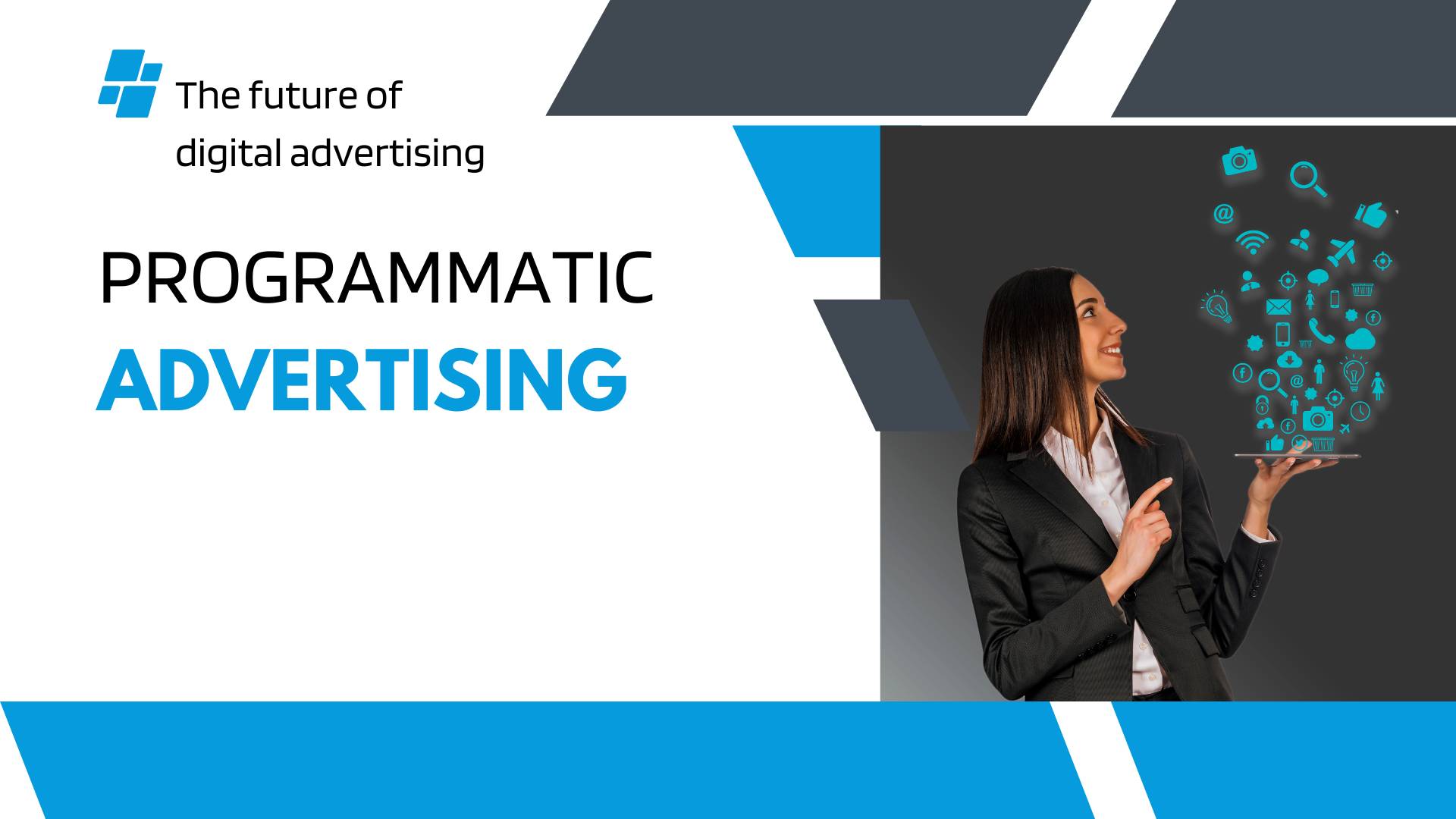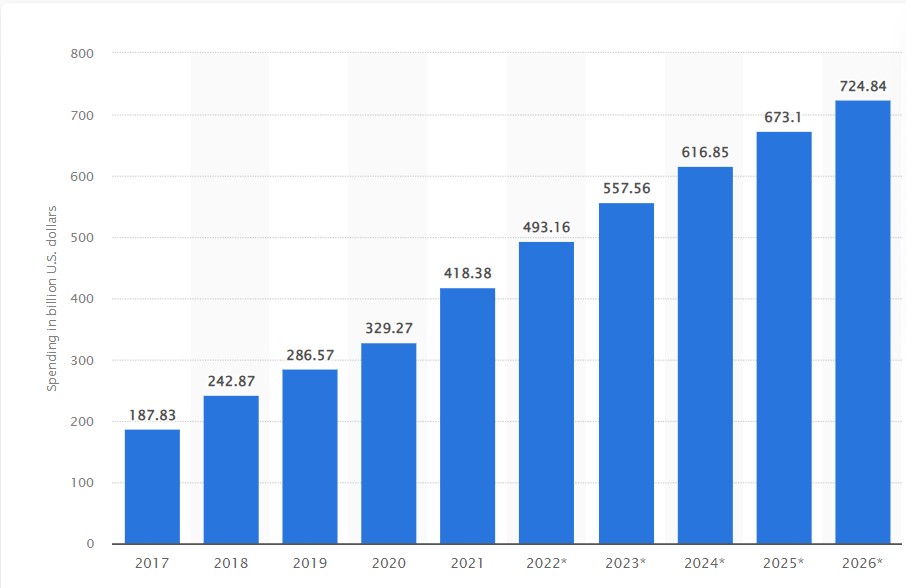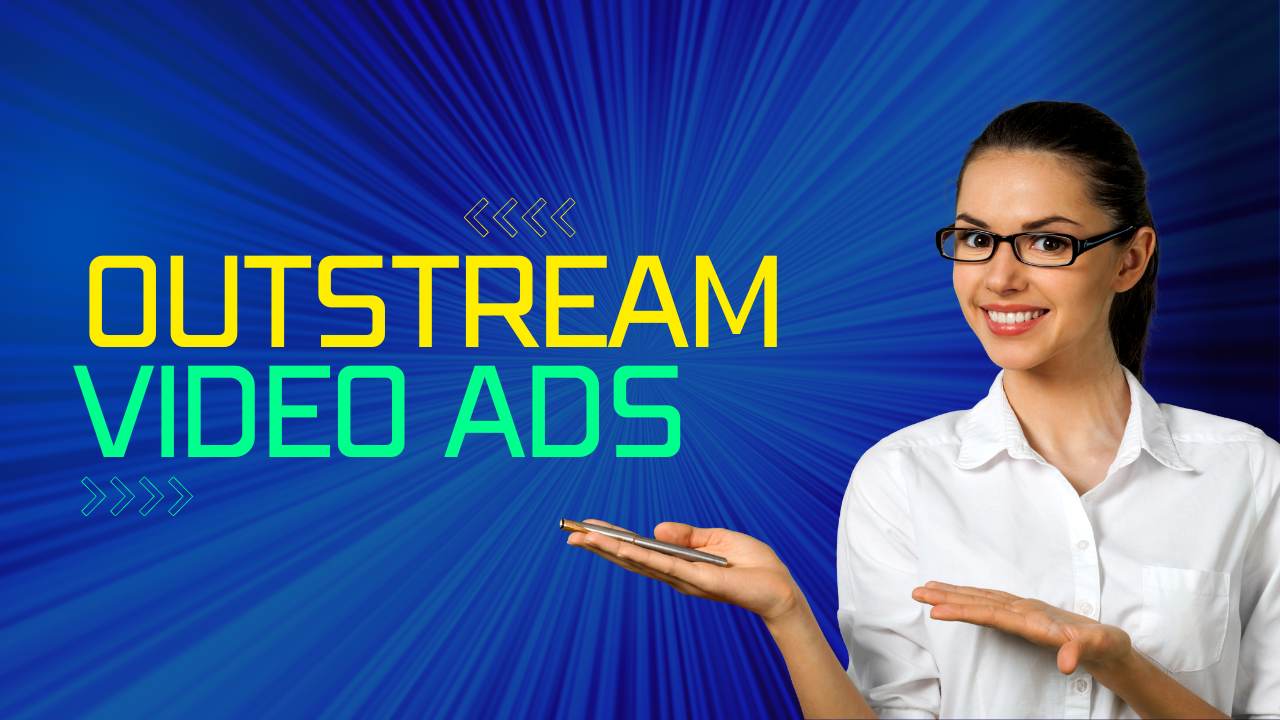
Programmatic Advertising is the Future of Advertising
Programmatic advertising is a form of advertising that uses software to automate the buying and placement of ads. Programmatic advertising is a data-driven approach to advertising that uses algorithms to purchase ad inventory in real-time. This means that marketers can serve highly relevant programmatic ads to their target audiences at the right time, in the right place.
In recent years, programmatic advertising has taken the online advertising world by storm. By using automation and data to target ads more effectively, programmatic advertising is able to deliver better results for advertisers while also reducing the amount of time and resources that need to be invested in the buying process. This is why programmatic advertising is seen as the future of advertising, and why more and more brands are turning to this method to drive their advertising campaigns.
What is Programmatic Advertising?
Programmatic advertising is a form of advertising that uses programmatic buying to purchase ad placements. This means that instead of buying ad space through a traditional media buyer, ads are bought through an automated system that uses algorithms to purchase ad space on behalf of the advertiser. Programmatic buying can be used to purchase ad space on websites, mobile apps, and even in traditional media such as television and radio. What is programmatic advertising and how does it work?
Programmatic advertising is the process of buying and selling ad space through automated means. This includes real-time bidding (RTB) and programmatic direct buying. It is a form of digital marketing that uses software to purchase ad space on behalf of advertisers.
Advertisers use programmatic ad buying to target specific audiences with laser precision and to optimize their campaigns for maximum efficiency. They also benefit from real-time data that helps them make better decisions about where to allocate their ad spend.
Publishers use programmatic advertising to increase the fill rate and yield on their ad inventory. By working with multiple demand sources, they can ensure that their ad space is always filled, and that they are getting the highest possible price for their inventory.
Programmatic advertising is growing rapidly and is expected to account for the majority of digital ad spending within the next few years. This growth is being driven by the continued shift from traditional ad buying methods to programmatic, as well as the increasing adoption of programmatic by advertisers and publishers.
The types of programmatic deals
Preferred Deals in programmatic advertising are non-guaranteed deals or contracts between buyers and sellers that specify the terms and conditions of their transactions. These deals are typically done through a demand-side platform (DSP) or supply-side platform (SSP) and are designed to help ad buyers control their ad spend and maximize their return on investment (ROI). Preferred Deals can involve a variety of different pricing structures, such as fixed-price, cost-per-click (CPC), cost-per-impression (CPM), cost-per-acquisition (CPA), and cost-per-view (CPV). These deals also provide buyers with access to premium inventory and higher quality ad placements.
How Does Programmatic Advertising Work?
With programmatic advertising, all of that has changed. Advertisers now have complete control over where their ads appear and can track their performance with precision. Programmatic advertising is powered by data and technology, making it the most efficient and effective way to buy and place ads.
In short, programmatic advertising is the process of automatically buying and selling ad space through real-time bidding. This means that advertisers can buy ad space on websites and apps without having to go through the traditional, manual process of negotiating with publishers.
In order to understand how programmatic advertising works, it’s important to understand the basics of real-time bidding (RTB). RTB is the process of buying and selling ad space in real-time, through an auction-based system. Advertisers submit bids for ad space, and the highest bidder wins the ad spot.
The whole process happens in a matter of milliseconds where as it would take months with traditional ad buying methods, and it’s all done through programmatic technology. Programmatic technology is a type of software that automates the buying and selling of ad space.
What is demand side platform DSP?
A demand side platform (DSP) is a type of software that allows advertisers to buy ad space in real time. DSPs are used by advertisers to purchase ad space on websites and other digital platforms.
DSPs use algorithms to evaluate data in real time and then place bids on ad space. The goal of a DSP is to help advertisers get the best return on investment (ROI) for their ad spend.
DSPs are used by advertisers to buy ad space in real time. DSPs use algorithms to evaluate data in real time and then place bids on ad space. The goal of a DSP is to help advertisers get the best return on investment (ROI) for their ad spend.
DSPs are beneficial for advertisers because they offer more control over ad spend. With a DSP, advertisers can set parameters such as how much they are willing to pay per click or impression. DSPs also provide transparency into where ad dollars are being spent.
Here are some examples of top SSPs:
Adobe Media Optimizer
Adform
Amazon
Beeline
Beeswax (Owned by Comcast)
Criteo
Demandbase
Digital Remedy
Google Marketing Platform (Google Display Network, DV360)
InMobi
Programmatik
Quantcast
Rabo DSP
The Trade Desk (TTD)
Yahoo (formerly Verizon)
Vertoz
Xandr (currently belongs to Microsoft)
What is supply side platform SSP?
A supply-side platform (SSP) is a technology platform that allows publishers to manage the sale of their ad inventory in an automated way, through real-time bidding (RTB) and other mechanisms.
SSPs are designed to help publishers maximize the revenue they generate from their ad inventory, by giving them more control over the price at which their inventory is sold, and by making it easier for them to sell their inventory in an automated way, through RTB.
In addition to RTB, SSPs may also offer other mechanisms for selling ad inventory, such as programmatic guaranteed, private marketplace, and direct sales.
Here are the top-performing SSPs:
Appnexus
CineWeb Media
ONE by AOL
OpenX
PubMatic
Rubicon
Magnite Inc
Smaato
SpotX
Xandr (recently acquired by Microsoft)
So, how does programmatic advertising work?
In a nutshell, programmatic advertising works by using programmatic technology to automatically buy and sell ad space in real-time. This means that advertisers can buy ad space on websites and apps without having to go through the traditional, manual process of negotiating with publishers.
The whole process happens in a matter of milliseconds, and it’s all done through programmatic technology. Programmatic technology is a type of software that automates the buying and selling of ad space.
The programmatic advertising ecosystem is made up of three main players:
Advertisers: Advertisers are the businesses or organizations that want to place ads. They usually work with ad agencies or programmatic ad platforms to help them buy and place ads.
Ad agencies: Ad agencies are the middlemen between advertisers and publishers. They help advertisers buy ad space on publisher websites and apps.
Publishers: Publishers are the websites and apps where ads are placed. They usually work with ad networks or programmatic ad platforms to help them sell ad space.
The programmatic ad buying process usually works like this:
- Advertisers create ad campaigns and set desired outcomes, such as clicks, impressions, or conversions.
- Ad agencies or programmatic ad platforms use data and technology to identify which publisher websites and apps are most likely to reach the advertiser’s target audience.
- Ads are placed on publisher websites and apps through real-time bidding or programmatic direct.
- Ads are served to users based on their interests and behavior.
The result is a more efficient and effective way of buying and selling advertising space. Advertisers can target their ads more accurately, and publishers can sell their ad space more effectively.
It’s not all plain sailing, though. There are some challenges that need to be overcome if programmatic advertising is to reach its full potential.
For one thing, programmatic advertising is still in its early days, and there are a lot of kinks that need to be ironed out. The technology is also still developing, and it’s constantly evolving. This means that there’s a lot of change and uncertainty, which can be a challenge for both advertisers and publishers.
Another challenge is that programmatic advertising relies on data. A lot of data. Advertisers need data on demographics, interests, and behaviors in order to target their ads effectively. And publishers need data on traffic patterns and user behavior in order to sell their ad space effectively.
This data needs to be collected, processed, and stored. And it needs to be done in a way that respects user privacy.
That’s not an easy task, but it’s one that’s essential if programmatic advertising is to reach its full potential.
Benefits of Programmatic Advertising
There are a number of reasons why programmatic advertising is growing in popularity. One of the main reasons is that it allows for a more targeted approach to advertising. By using data, programmatic buying can target ads to specific demographics, interests, and even locations. This is in contrast to traditional advertising, which is often more broad in its approach.
Another reason why programmatic advertising is growing in popularity is that it is more efficient than traditional advertising. Because ads are bought through an automated system, there is less need for manual labor, which can save businesses time and money.
There are many benefits to using programmatic advertising, including:
- Increased Efficiency: Programmatic advertising is much more efficient than traditional advertising, due to the automation of the buying and placement process.
- Greater Reach: Programmatic advertising allows advertisers to reach a larger audience more effectively.
- Improved Targeting: Programmatic advertising allows advertisers to target their ads more effectively, by using data to target ads to specific audiences. “Mobile geotargeting uses GPS data from mobile devices to enable marketers to target particular customers while they’re moving, provided that they’ve enabled location tracking, with the ideal advertisement at the ideal time.”*
- Increased ROI: Programmatic advertising typically has a higher ROI than traditional advertising, due to the increased efficiency and effectiveness.
Challenges of programmatic advertising
While programmatic advertising offers a number of advantages, there are also some challenges that need to be considered. One of the main challenges is that it can be difficult to measure the success of programmatic ad campaigns. This is because of the complex nature of the algorithms that are used to purchase ad space. Additionally, programmatic buying can sometimes result in ads being placed on sites that are not relevant to the product or service that is being advertised.
Although the programmatic advertising framework has more transparency compared to other digital advertising types, one of the biggest challenges is the lack of transparency around the process. Because programmatic buying is done through automated means, there is often little visibility into how ads are being bought and sold. This lack of transparency can lead to concerns about fraud and other malicious activity and ad fraud from invalid traffic.
Another challenge is the need for better measurement and reporting. Because programmatic buying is still in its early stages, there is a lack of standardization around how to measure and report on campaign performance. This lack of standardization makes it difficult to compare apples to apples when assessing campaign results.
So why is programmatic advertising the future of digital advertising?

There are a number of reasons why programmatic advertising is the future of advertising.
- Programmatic advertising is more efficient
With programmatic advertising, advertisers only pay for ad impressions that are seen by their target audience. This is in contrast to traditional advertising, where advertisers often pay for ad space that is not seen by their target audience.
- Programmatic advertising is more effective
Programmatic advertising allows advertisers to target their audience with laser precision. This means that advertisers can be sure that their ads are being seen by the people who are most likely to convert.
- Programmatic advertising is more transparent
With programmatic advertising, advertisers know exactly where their ads are being placed. This is in contrast to traditional advertising, where advertisers often have no idea where their ads are being placed.
- Programmatic advertising is more flexible
Programmatic advertising allows advertisers to change their campaigns on the fly, based on data-driven insights. This is in contrast to traditional advertising, where campaigns are often set in stone and cannot be changed.
- Programmatic advertising is more accountable
With programmatic advertising, advertisers can track their campaigns in real-time and see which ads are performing well and which ones are not. This is in contrast to traditional advertising, where advertisers often have to wait weeks or even months to get feedback on their campaigns.
- Programmatic advertising is more sustainable
With programmatic advertising, advertisers can be sure that their ads are being seen by people who are actually interested in what they are selling. This is in contrast to traditional advertising, where ads are often shown to people who have no interest in the product or service being advertised.
- Programmatic advertising is the future of advertising
Programmatic advertising is the future of advertising because it is more efficient, more effective, more transparent, more flexible, more accountable, and more sustainable.
Conclusion
Programmatic advertising is the future of advertising because it is more efficient, effective, and targeted. Programmatic advertising allows advertisers to automate the buying and selling of ad space, which makes the process more efficient. In addition, programmatic advertising is more effective because it allows advertisers to target their ads more specifically to their target audience. For example, programmatic advertising can target ads to people who have visited a particular website or who live in a particular area. Thus, programmatic advertising is the future of advertising because it is more targeted. Advertisers can target their ads to specific demographics, interests, and even behaviors. This means that ads are more likely to be seen by people who are actually interested in them, which increases the chances of conversion.






